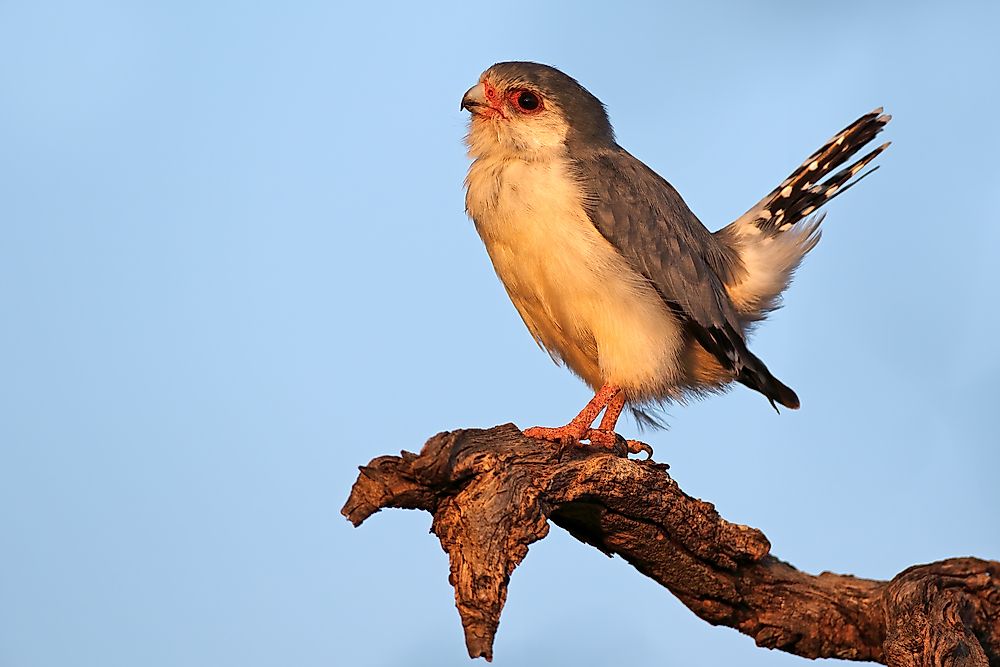

If the file has been modified from its original state, some details such as the timestamp may not fully reflect those of the original file.
#Pygmy falcon software
This file contains additional information such as Exif metadata which may have been added by the digital camera, scanner, or software program used to create or digitize it. CC BY-SA 3.0 Creative Commons Attribution-Share Alike 3.0 true true This licensing tag was added to this file as part of the GFDL licensing update.
#Pygmy falcon license
share alike – If you remix, transform, or build upon the material, you must distribute your contributions under the same or compatible license as the original.You may do so in any reasonable manner, but not in any way that suggests the licensor endorses you or your use.

It is the smallest bird of prey on the African continent. It is the only species placed in the genus Polihierax. attribution – You must give appropriate credit, provide a link to the license, and indicate if changes were made. The pygmy falcon (Polihierax semitorquatus) or African pygmy falcon is a bird of prey native to eastern and southern Africa.to share – to copy, distribute and transmit the work.This file is licensed under the Creative Commons Attribution-Share Alike 3.0 Unported license.
#Pygmy falcon free
GFDL GNU Free Documentation License true true

A copy of the license is included in the section entitled GNU Free Documentation License. Permission is granted to copy, distribute and/or modify this document under the terms of the GNU Free Documentation License, Version 1.2 or any later version published by the Free Software Foundation with no Invariant Sections, no Front-Cover Texts, and no Back-Cover Texts. 35, doi:10.I, Stevenj, the copyright holder of this work, hereby publishes it under the following licenses: " Giraffe Stature and Neck Elongation: Vigilance as an Evolutionary Mechanism." Biology, vol. " Carrion Ecology Modelling for Vulture Conservation: are Vulture Restaurants Needed to Sustain the Densest Breeding Population of the African White-Backed Vulture?" Animal Conservation, vol. " Ecological Determinants of Survival and Reproduction in the Spotted Hyena." Journal of Mammalogy, vol. " In Search of Greener Pastures: Using Satellite Images to Predict the Effects of Environmental Change on Zebra Migration." Journal of Geophysical Research: Biogeosciences, vol. " Sexual Selection, Temperature, and the Lion's Mane." Science, vol. " African Savanna Elephants (Loxodonta Africana) As An Example of a Herbivore Making Movement Choices Based on Nutritional Needs." Peerj, vol. " Cheetah Do Not Abandon Hunts Because They Overheat." Biology Letters, vol. " African Pygmy-Falcon." IUCN Red List of Threatened Species, 2016. IUCN, doi:10.2305/iucn.uk.īirdLife International. This is called niche partitioning.Īvgan, B., et al " Caracal." IUCN Red List of Threatened Species, 2014.
#Pygmy falcon plus
Life in the savanna is especially tough because of the lack of rain and forests that would otherwise provide ample shelter from the heat, plus more hiding spaces and food diversity. How Have Animals Adapted to Life in the Savanna?


 0 kommentar(er)
0 kommentar(er)
